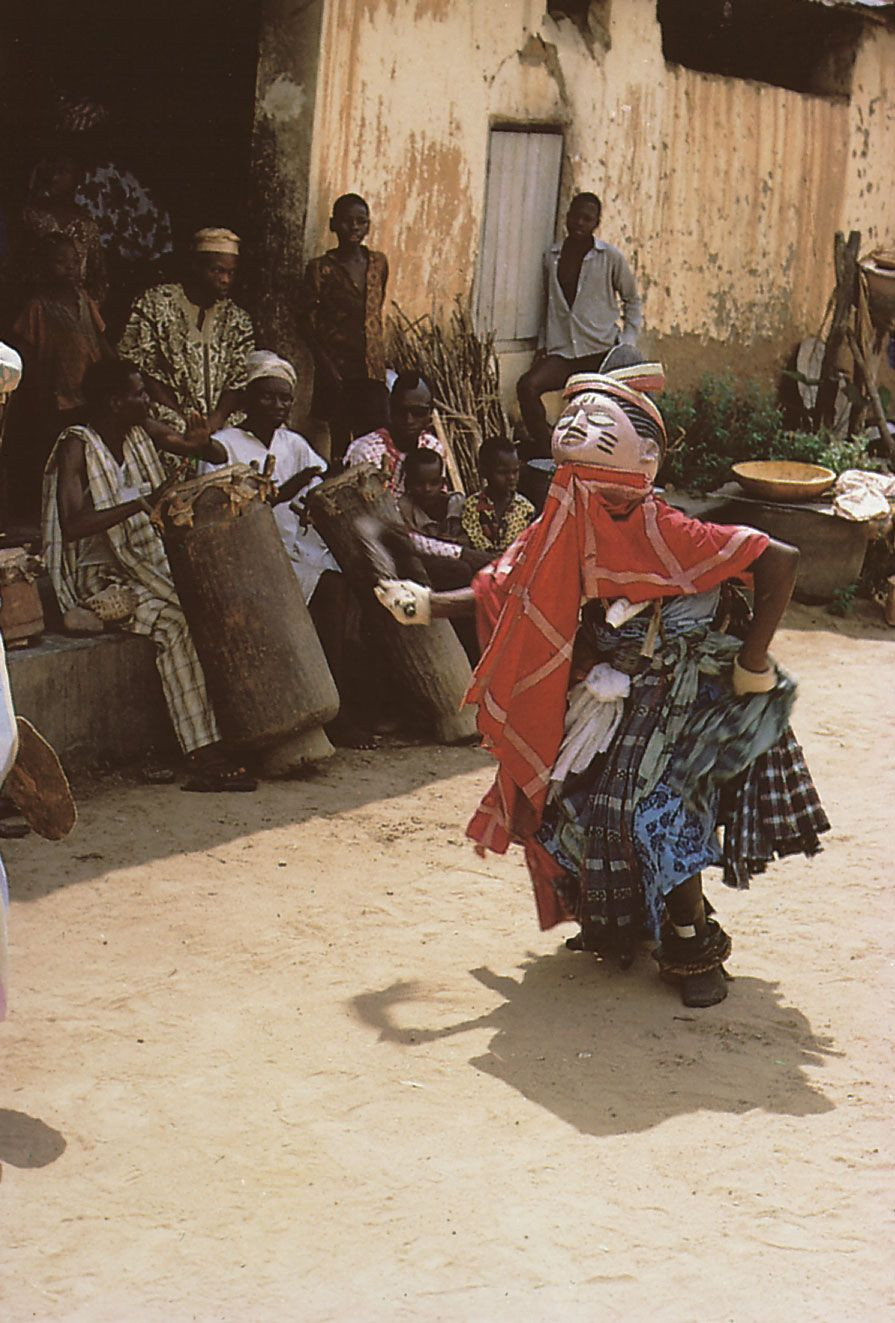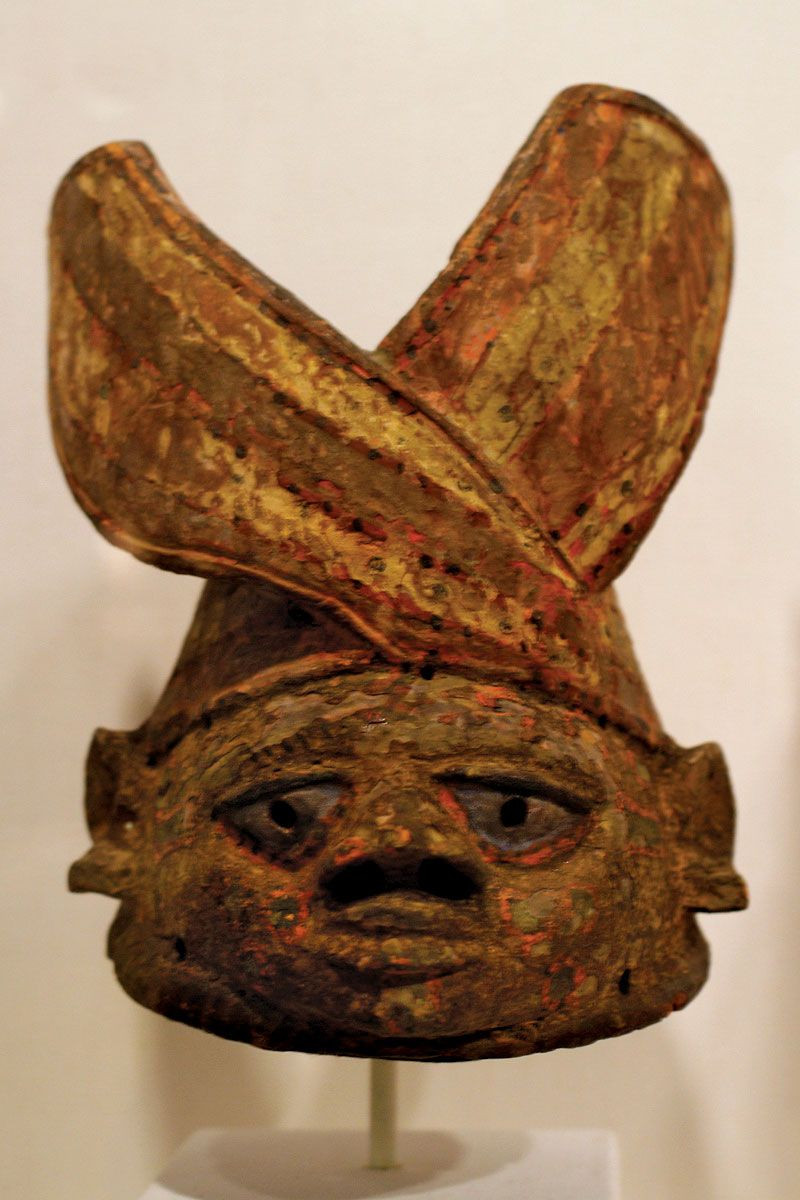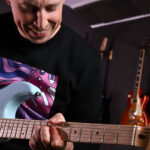African Dancing is a captivating performing art form that is intrinsically linked to the social and cultural identity of Africa. More than just rhythmic movement, it’s a profound expression of community life, spirituality, and tradition, deeply interwoven with music and theatrical elements. This exploration delves into the multifaceted world of African dance, highlighting its cultural significance and diverse roles within African societies.
The Profound Cultural Position of Dance in Africa
In African societies, dance plays a vital and complex role, serving a multitude of social purposes. Each traditional African dance performance often carries both primary and secondary objectives, deeply reflecting and reinforcing the shared values and social structures of the community. To truly appreciate the richness of African dance styles, it’s essential to understand the specific purpose behind each dance. This purpose dictates the movements, music, and overall performance, highlighting the integral role dance has in African life.
 Gelede masquerader in vibrant costume dancing in the courtyard of Ibara Palace, Abeokuta, Nigeria, during a traditional Yoruba festival.
Gelede masquerader in vibrant costume dancing in the courtyard of Ibara Palace, Abeokuta, Nigeria, during a traditional Yoruba festival.
The lines between ritualistic celebration and social recreation frequently blur within African dance performances. These purposes seamlessly merge, as vividly illustrated by the appearance of the revered Efe mask during the Gelede ritual festival among the Ketu-Yoruba people of Nigeria and Benin. At the stroke of midnight, the Efe mask emerges, captivating the assembled community. The wearer recites powerful incantations intended to appease spiritual forces. This ritualistic act then transitions into a powerful, grounded dance honoring the Earth Mother and the esteemed women elders of the community.
 Gelede mask – Intricately carved wooden Gelede mask with detailed facial features and pigment, representing Yoruba artistry from Nigeria, displayed at the Brooklyn Museum.
Gelede mask – Intricately carved wooden Gelede mask with detailed facial features and pigment, representing Yoruba artistry from Nigeria, displayed at the Brooklyn Museum.
As the dance progresses, the performer pauses to acknowledge and praise individuals of high social standing, meticulously respecting their hierarchical order. This transforms the ritualistic performance into a social commentary, which subsequently evolves into communal recreation as the formal Gelede dance troupe yields to spontaneous participation from onlookers until the break of dawn. The Efe figure remains central, entertaining the audience with narratives that humorously and satirically address social transgressions within the community from the preceding year. The deeper the meaning conveyed through a dance, the greater the audience’s appreciation. They keenly observe the dancer’s skill and demand movements that are both technically proficient and deeply aligned with the dance’s intended purpose. Dance is valued as a communal event and simultaneously cherished as an art form in itself, offering entertainment and expressing the joy of community living.
The Religious Context of African Dance
Traditional African belief systems are rooted in a worldview that emphasizes the constant interaction between the spiritual realm and the living community. Spiritual entities may reside within natural elements or animals and can also possess human mediums. This possession is typically temporary and confined to ritualistic contexts, such as when a priest of the Yoruba deity Shango enters a profound trance state during the annual festival. In this state, the priest embodies the wrath of Shango, the thunder god, through rapid arm movements mirroring lightning and powerful shoulder rolls. In Zimbabwe, the Mhondora spirit mediums, who serve as intermediaries between the Shona people and their ancestral guardian spirits, enter a trance state through the entrancing music of the mbira lamellaphone. They sing to the mbira‘s melodies while performing simple, repetitive foot patterns. These ritual dances performed by priests and mediums reinforce their spiritual authority and leadership within their communities.
African dance also serves as a therapeutic tool within ritual societies across various cultures. For instance, Hausa women find healing through dance and spirit possession within the Bori cult. Among the Jukun people of Nigeria, a comparable organization known as the Ajun assists women experiencing hysterical disorders by exorcising malevolent spirits through initiation rites. During a three-month period within a designated house shrine, the afflicted individual learns specific songs and dances with therapeutic properties. This culminates in a public ceremony where the initiate joins the society members in performing the Ajun-Kpa dance. Similarly, female spirit mediums of the Kalabari people in the Niger Delta utilize dance and song as integral components of their healing practices, and are recognized for their therapeutic capabilities.
Many African religions are founded upon the principle of continuous connection between the living and their deceased ancestors. In certain cultures, ancestors are believed to return as masquerade performers during ritual festivals to offer guidance and judgment to the living. The intricate network of human relationships is constantly reaffirmed and renewed through artistic expressions during these ritualistic festivals. African dancing, therefore, acts as a powerful medium for maintaining social cohesion, spiritual connection, and cultural continuity.

